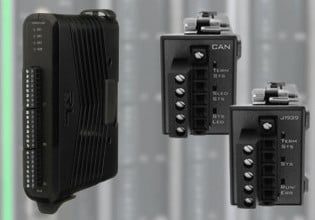S
I would like to measure inductance of 3 phase motor to identify whether all windings are equal in turns (rewound motor). Using a LCR meter to measure inductance of 3 phase motor would be an ideal way? What would be the normal inductance of a 50 HP, 460V, 60Hz motor? Is there any other method to identify turns are equal?
Thanks you
Shree
Thanks you
Shree






